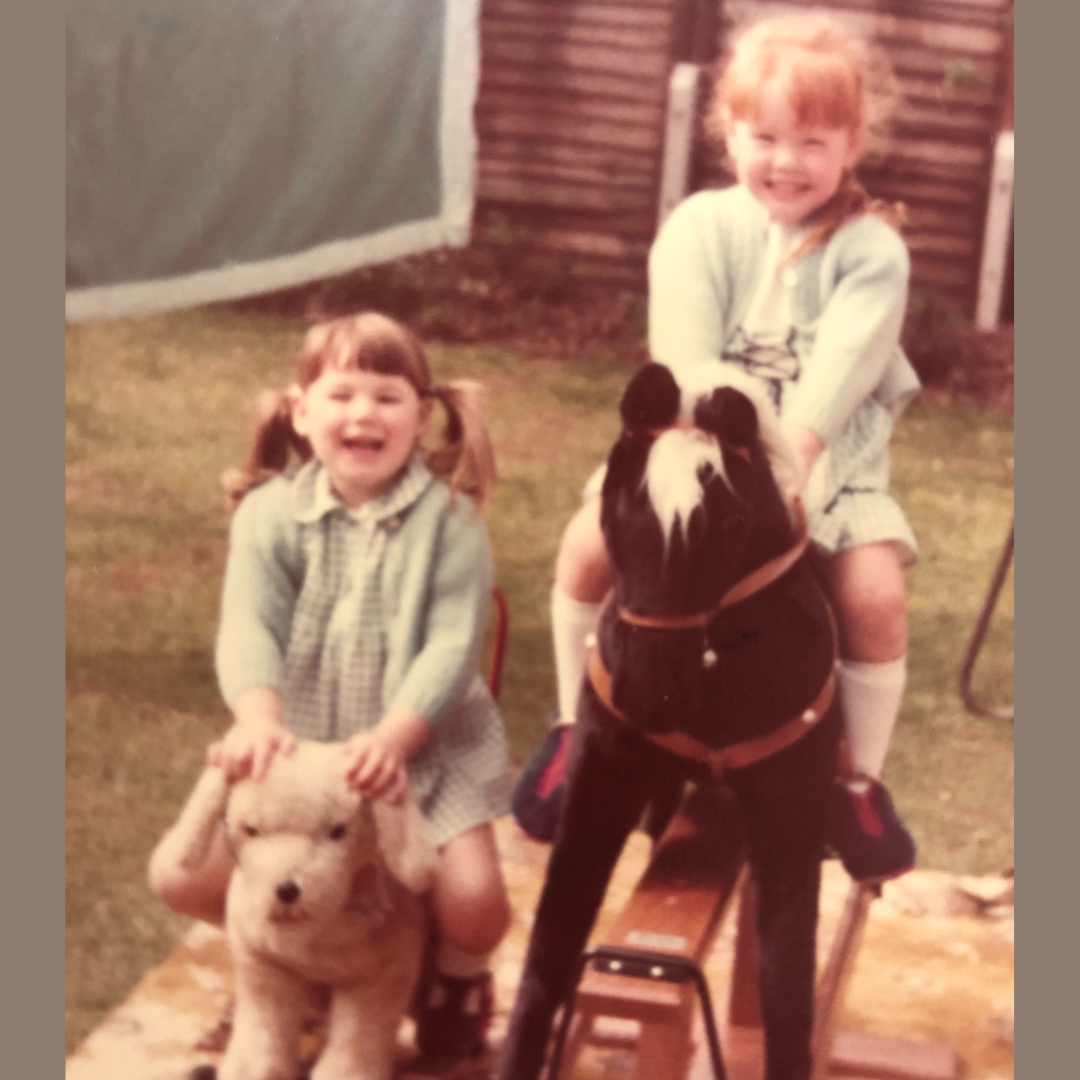Diversity and Inclusion isn’t a one trick pony
‘A one-trick pony’ (idiomatic, by extension) refers to a person or group noteworthy for only a single achievement, skill, or characteristic.
Here’s a thing you probably don’t know about me, horses were my first love. I begged my parents for riding lessons from the age of three. I have a coaching qualification in equestrianism. I spent my summers at university teaching horse riding at American Summer Camps and my PhD focusses on the lived experience and career history of equestrian athletes, I was fortunate enough to do my data collection with the British Equestrian Team during the Beijing Olympics. I have several published papers and book chapters which focus on the fact that equestrian sport is one of only a few sports to be sex integrated – meaning participants don’t have to compete separately because of gender.
I’m also a fan of idioms and I love to find out what they mean. Hence the inspiration for this blog post. Whilst I believe in the strength of doing one thing and doing it well, in the context of diversity and inclusion work I have a growing concern with the growing popularity of the one-trick pony culture. Let me explain.
I’m like a magpie when it comes to learning. I click on every shiny link, read every new article, subscribe to every mailing list, listen to every podcast… you get where this is going. You know my motto ‘every day is a school day’ so although I have nearly 20 years experience working in the field of diversity and inclusion, I know I don’t know everything. But I am growing increasingly frustrated to find that when I’ve clicked the link to a new diversity and inclusion article, what I’m reading is content only relating to race. Or when I see an announcement on LinkedIn for a company’s new head of diversity and inclusion appointment and again every thing points to race. When did diversity and inclusion become so exclusionary?
Whilst watching a LinkedIn educational video recently on the topic of diversity and inclusion I found myself lost down the rabbit hole of comments as people complained that the person delivering the training wasn’t racially diverse enough! This has to stop.
As a qualitative researcher I understand the significance of the lived experience – it’s what I do. I know I cannot walk in someone else’s shoes. As a white woman, I will never know what to feels like to be on the receiving end of racism. But diversity and inclusion isn’t just about race. Is a person of colour in a better position to talk about their experience of racial discrimination than me – absolutely. But are they the best person to talk to you about homophobia? If they’re a member of the LGBTQI+ community then sure.
Racial injustice is an incredibly important topic and yes it deserves attention, but this work shouldn’t be a popularity contest. HeForShe was superseded by MeToo and now BlackLivesMatter. Diversity and Inclusion work will never be effective if it continues to be a reactionary process. And of course those who identify with a particular group are the voices we need to listen to regarding any issues associated with that group. BUT being a member of a group doesn’t make you a diversity and inclusion expert. And representing one group is not diverse or inclusive.
We can’t turn a black and white picture into a multicoloured masterpiece if we only add a hint of blue. We need to recognise and include all the colours.
Focussing on one cause is an option. Of course there is strength in being a one-trick pony. Of choosing a lane and running the race. There are experts and voices we need to listen to in all the lanes. But diversity and inclusion in itself should not be a one-trick pony. We’re trying to put out individual fires when what we’re dealing with is an out of control rampant bushfire! And here’s the thing my friend, I promise you where there’s racism, there’s sexism, homophobia, ableism…
If you want to win the race, if you want to create a Diverse, Inclusive, Value packed and Equity Driven (DIVE) Culture, you can’t simply back the one-trick pony. Start with your WHY for D&I and let that be your sprinkler systems to extinguish all the fires of exclusion.
If you have any questions or comments, please drop me an email. I’d love to hear examples of organisations that have nurtured belonging in the hybrid workplace. And if you’re looking for specific support developing a belonging culture then please book a free discovery call.
And if you’re looking for bitesize D&I content delivered to your email weekly, then join The Diversity Doctor Community.

